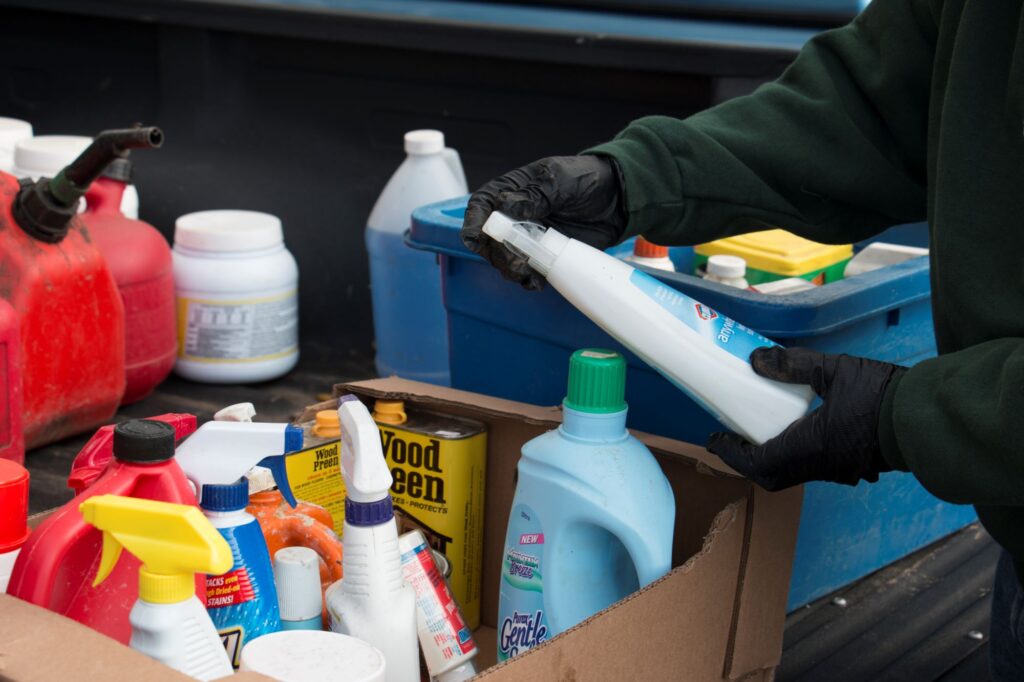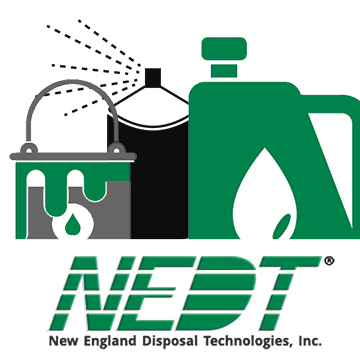How does hazardous waste pile up at home? Sometimes, it’s as simple as not reading a label. Certain products can be dangerous to your family and difficult to dispose of, whether you’ve inherited it, bought it, or don’t know where it came from. The first step to dealing with them is reading the warning labels on hazardous household products. And the second step is using that information to make better buying, storage, and disposal decisions. Learn how to do both in this blog.
Understanding Product Warning Labels
First, it’s important to understand that except under particular circumstances, consumer products in the US aren’t required to provide specific warnings or cautions on their labels. However, there is a strong incentive to do so. The American National Standards Institute (ASNI) and the International Organization for Standardization (ISO) both have recommended guidelines for products. This, combined with the high libibility hazardous products can bring, means many products do have warnings on them.
Reading the Risks on Labels
Most common on products are “Caution” statements, which can usually be found after use instructions. These can include who these products can pose a risk to (“Keep out of reach of children and pets”), what effects the products can cause, and treatment if exposed to the hazard. There may also be handling, storage, and disposal recommendations.
Does Your Label Have Pictograms?
While not required on US commercial products, some will have icons showing the various hazards known as GHS (Globally Harmonized System) pictograms. They include warnings about possible health and handling hazards, from irritants to explosion risks. These can also be placed in areas that have these hazards. See the OSHA QuickCard™ page for full details.
Better Buying and Hazardous Product Disposal Decisions
Viewing these labels, especially before making purchases, can help you make better buying decisions to have fewer hazardous products in your home. If you currently have hazardous products, replacing them with safer alternatives and then disposing of the old products means one less thing to worry about around the house. Learn more about this process in our blog, What to Do to Have Fewer Hazardous Products at Home, and then read below about how to dispose of hazardous household products in MA.
NEDT’s Household Hazardous Products Collection Centers can help by providing quick and safe service for all your hazardous product disposal needs. We’ve got Fact Sheets and Our Blog for further information, a pick-up service for those who can’t make it to our locations, and community resources to help your local Boards of Health work with us. Contact us today to learn more, including what to bring in. You can also call us at 866-769-1621.



Leave a Reply